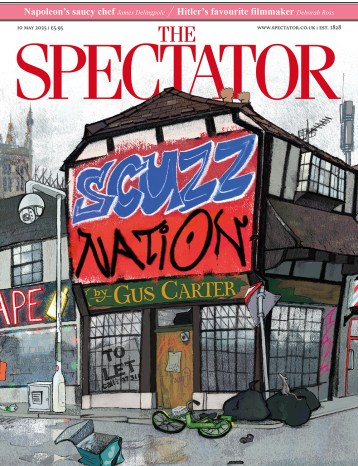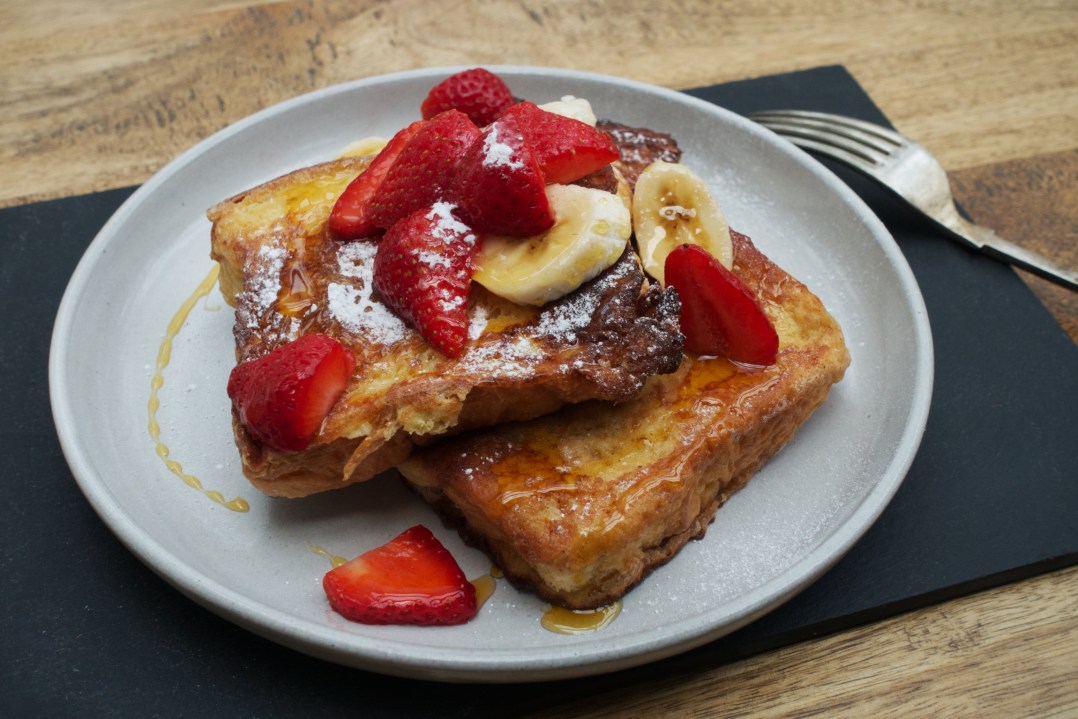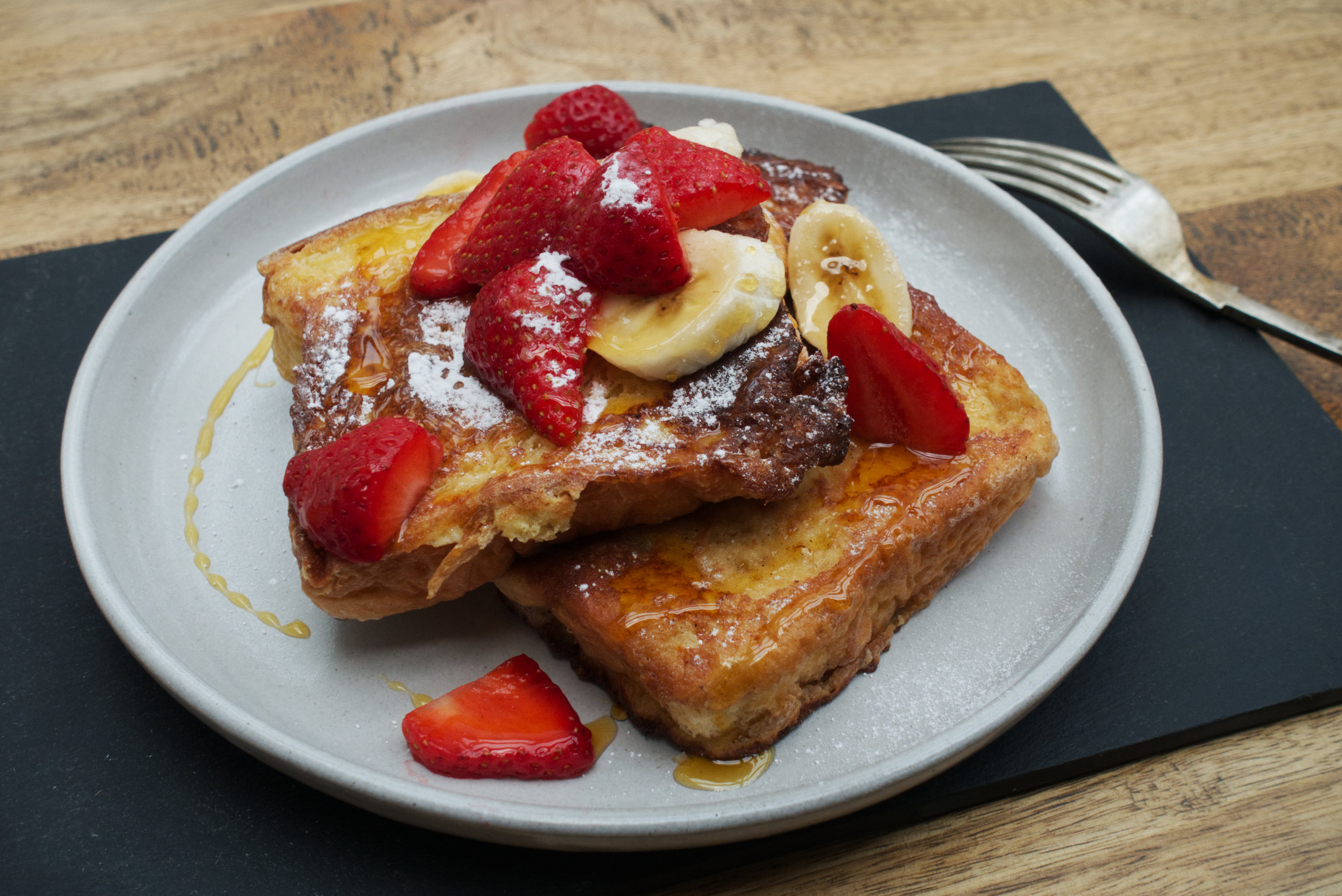A rose by any other name may smell as sweet, but somehow, eggy bread just doesn’t hold the same appeal as French toast, does it? The latter has become a bougie brunch dish, while the former languishes in second-hand student cookbooks. At heart, they’re the same thing: slightly stale bread soaked in an egg-based custard, then fried. Whatever pretensions French toast may have (and however delicious it might be), its origins are a cheap dish that improves and extends the life of stale bread with just a couple of eggs and a knob of butter.
Of course, they aren’t the only two names for this stuff: unsurprisingly for an economical dish, there are countless variations of French toast around the world – pain perdu in France, torrijas in Spain, Bombay toast in India, and Arme Riddere in Denmark and Norway and Arme Ritter in Germany. The Danish, Norway and German names for the eggy bread roughly translate as ‘poor knights’ and sometimes in old English cookery books, the dish will be called ‘Poor knights of Windsor’, although the connection between the dish and the military order of the same name established by Edward III are spurious.

Britain’s best politics newsletters
You get two free articles each week when you sign up to The Spectator’s emails.
Already a subscriber? Log in







Comments
Join the debate, free for a month
Be part of the conversation with other Spectator readers by getting your first month free.
UNLOCK ACCESS Try a month freeAlready a subscriber? Log in